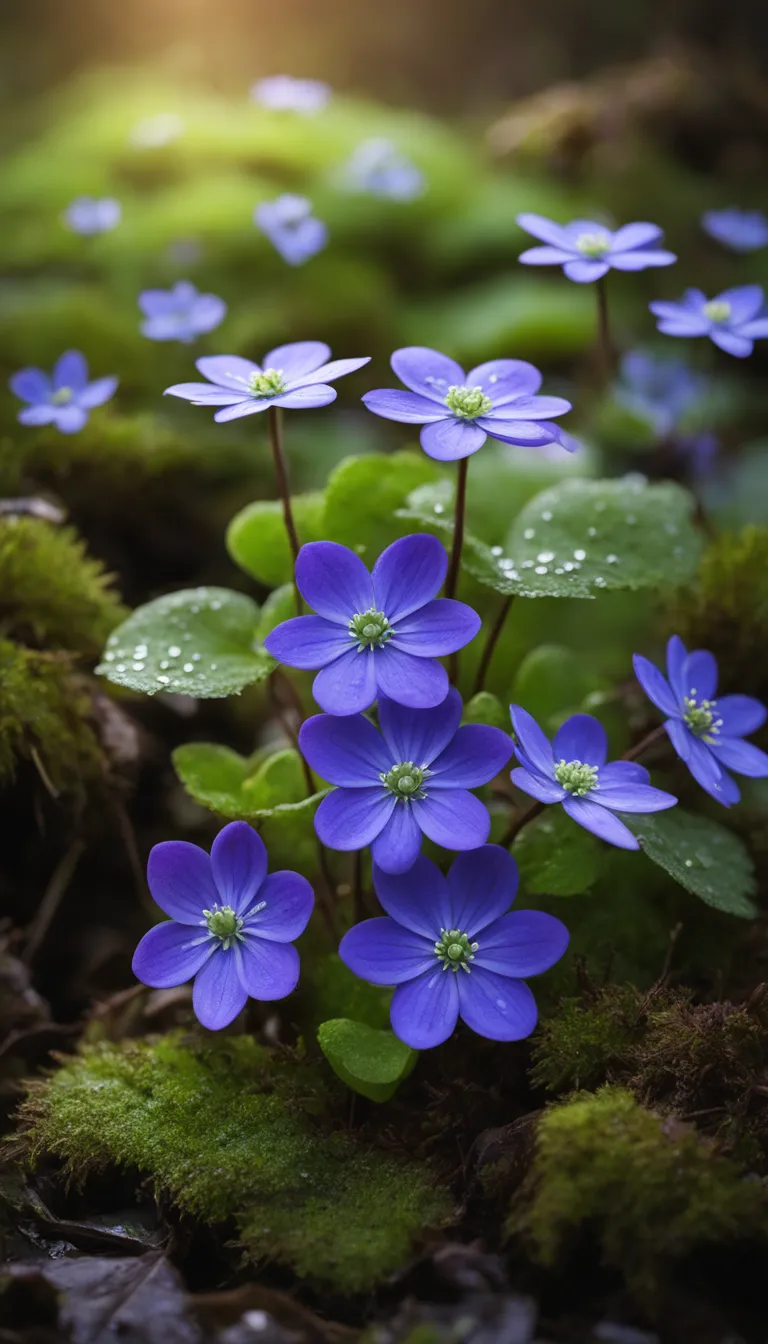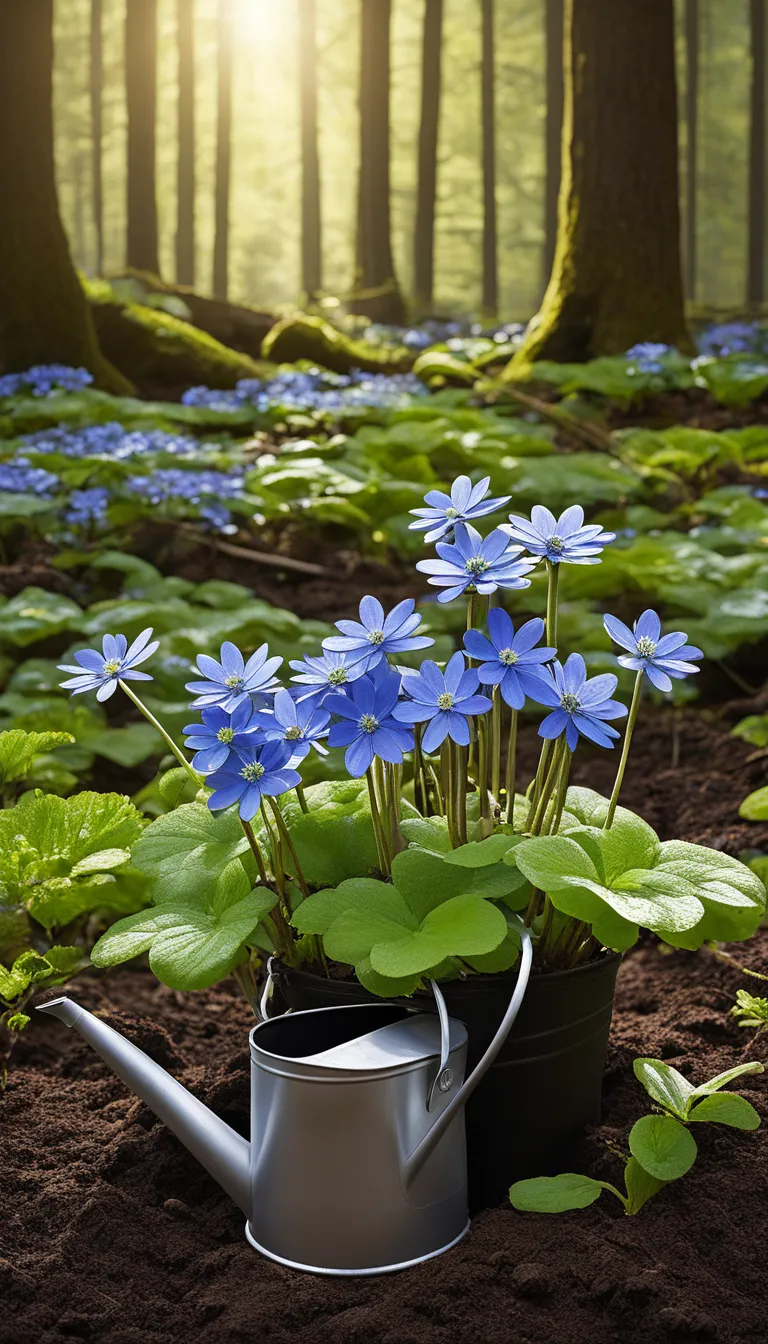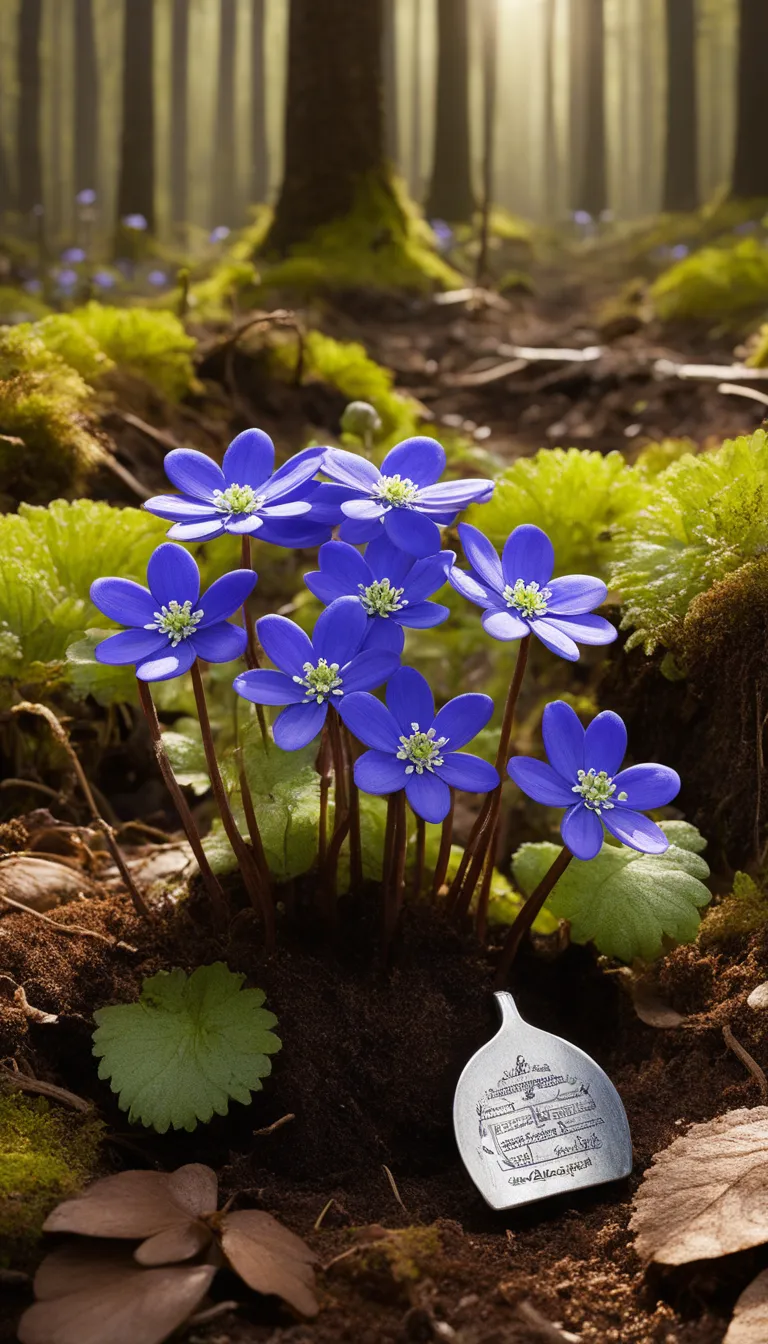Discover the charm of Hepatica, a perennial favorite among woodland flowers, known for its early spring blooms and low-maintenance nature. As we delve into the world of these enchanting blooms, you’ll find that cultivating Hepatica can be a rewarding experience, filled with surprise and an explosion of color that heralds the arrival of spring.
Why do gardeners and nature enthusiasts treasure Hepatica? It’s simple! The plant’s resilience and the vibrant burst of color it brings to an otherwise dormant landscape make it a celebrated addition to any garden. With petals that range from the purest whites to the deepest purples, Hepatica is a true spectacle to behold. But how do you go about integrating this woodland beauty into your own garden space?
Let’s uncover the secrets to successfully growing Hepatica, ensuring that these floral gems not only survive but thrive under your care. From the rich, well-drained soil they love to the dappled sunlight that mimics their native woodland habitats, we’ll guide you through creating the perfect environment for your Hepatica. So, are you ready to add a touch of woodland wonder to your garden? Stay tuned as we explore the fascinating world of Hepatica!

What is Hepatica?
Hepatica, a gem nestled within the woodland’s embrace, is a perennial plant that heralds the arrival of spring with its vibrant blooms. This botanical wonder belongs to the Ranunculaceae family and is treasured for its early spring flowers, which can range in color from blue, purple, and pink to white. The name ‘Hepatica’ is derived from its leaves, which bear a striking resemblance to the human liver, hence the name from the Greek word ‘hepar’ meaning liver.
Native to the temperate regions of the Northern Hemisphere, Hepatica thrives in the dappled sunlight of woodland areas. The plant’s ability to bloom even in the chilly early days of spring is a testament to its resilience and adaptability. In various cultures, Hepatica holds a special place, often associated with charm and grace. It is no wonder that this plant has captivated the hearts of gardeners and nature enthusiasts alike.
When delving into the world of Hepatica, one can discover a rich tapestry of folklore and symbolism. For instance, in some traditions, the Hepatica is a symbol of hope and faith, perhaps due to its early blooming nature that signals the end of winter’s grip. Let’s explore some of the key characteristics that make Hepatica such a beloved plant:
- Leaves: The leaves of Hepatica are rounded, with three lobes, resembling the liver, which changes from green to reddish-brown in the winter.
- Flowers: Hepatica flowers are composed of 6 to 20 petal-like sepals and come in an array of hues.
- Size: It is a low-growing plant, typically reaching heights of 5 to 15 cm (2 to 6 inches).
- Bloom Time: Depending on the climate, Hepatica can bloom as early as late winter to early spring.
- Habitat: Preferring the cool, shaded areas of woodlands, it often grows under a canopy of deciduous trees.
Whether you’re a botany enthusiast or simply someone who appreciates the beauty of nature, Hepatica offers a delightful spectacle that is both enchanting and surprisingly easy to care for. As we continue to explore the nurturing of this woodland beauty, it’s clear that Hepatica is more than just a plant—it’s a symbol of nature’s enduring splendor.

How to Care for Hepatica?
Cultivating Hepatica is a delightful journey into woodland gardening, but it does require a bit of know-how to ensure your plants thrive. These charming flowers prefer a life that mimics their natural habitat, so let’s dig into the essentials of Hepatica care.
First and foremost, the soil should remind them of the forest floor—rich, well-draining, and slightly acidic. Incorporating organic matter like leaf mold or compost can create the perfect bed for your Hepatica. But what about hydration? These plants like to stay moist but not waterlogged. Think of a gentle, misty rain in the woods—that’s the level of moisture they’re comfortable with.
Now, here’s a handy checklist for the care routine:
- Soil: Opt for a mix that’s rich in organic matter, well-draining, and maintains a slightly acidic pH.
- Watering: Keep the soil consistently moist, especially during dry spells, but avoid overwatering.
- Light: Hepatica loves dappled sunlight. Too much direct sun can scorch the leaves, so aim for a spot that mimics the light filtering through tree canopies.
- Fertilizing: A light application of a balanced, slow-release fertilizer in the spring can give your plants a boost.
- Mulching: Apply a layer of mulch to help retain soil moisture and regulate temperature.
Don’t forget, these plants are accustomed to the shelter of trees, so they appreciate a bit of protection from harsh elements. With a touch of care and attention, your Hepatica will reward you with a burst of color when the rest of the garden is still snoozing after winter.

What are the Hepatica Varieties?
Hepatica, with its dazzling array of varieties, offers a palette of colors and forms that can surprise any plant enthusiast. The diversity of this woodland gem is truly an explosion of nature’s creativity. Let’s explore some of the most popular varieties that you might consider for your garden:
- Hepatica nobilis: Often referred to as the common hepatica, this variety boasts a range of colors from white to pink to a deep purple-blue. It’s known for its resilience and ability to thrive in the dappled light of woodland settings.
- Hepatica transsilvanica: This variety, native to Eastern Europe, features larger flowers and a more robust growth habit. Its blooms are typically a striking blue, making it a showstopper in any shade garden.
- Hepatica americana: Also known as round-lobed hepatica, this North American native has charming green leaves with rounded lobes and produces flowers in shades of blue, purple, and occasionally white.
For those who love a visual guide, here’s a table that summarizes the key characteristics of these Hepatica varieties:
| Variety | Color Range | Native Habitat | Leaf Shape |
|---|---|---|---|
| Hepatica nobilis | White to deep purple-blue | Europe, Asia | Tri-lobed with pointed tips |
| Hepatica transsilvanica | Primarily blue | Eastern Europe | Larger, more rounded lobes |
| Hepatica americana | Blue, purple, white | North America | Round-lobed |
Whether you’re a seasoned gardener or a budding green thumb, the surprising variety of Hepatica is sure to bring an explosive display to your early spring garden. Their unique characteristics and adaptability make them a delightful addition to any woodland or shade garden.





